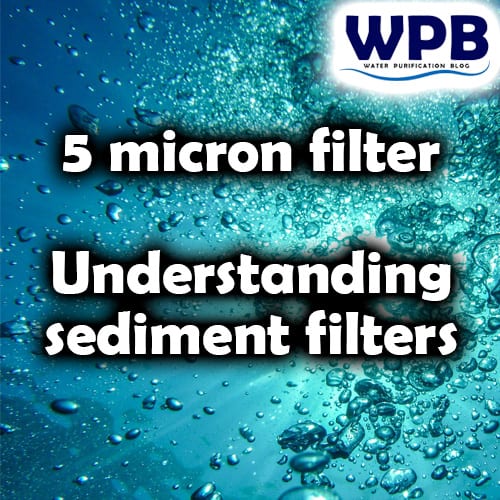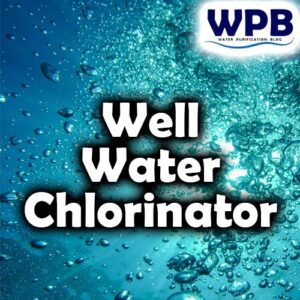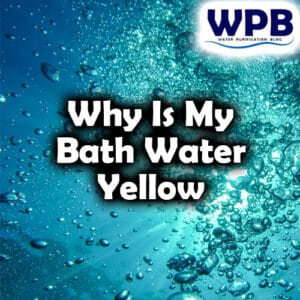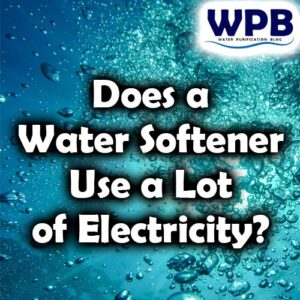Understanding a 5 Micron Sediment Filter
Microns are units of measurement for particle size, with 1 micron equaling one millionth of a meter. A 5 micron sediment filter removes particles as small as 5 microns from the water. These filters are commonly used for sediment filtration, which removes dirt, sand, rust, and other particles from the water.
Table of Contents
Explanation of a Filter Cartridge micron rating and particle size
Micron rating, microns, or also known as micrometers, are a metric unit of measure where one micron is one millionth part of a meter.
In imperial units, one inch is equal to 25400 microns, and one micron is equal to 1/25400 inch.
The term micron is commonly used to describe tiny particle sizes, and the official symbol for the micron or micrometer is μm, sometimes simplified as um.
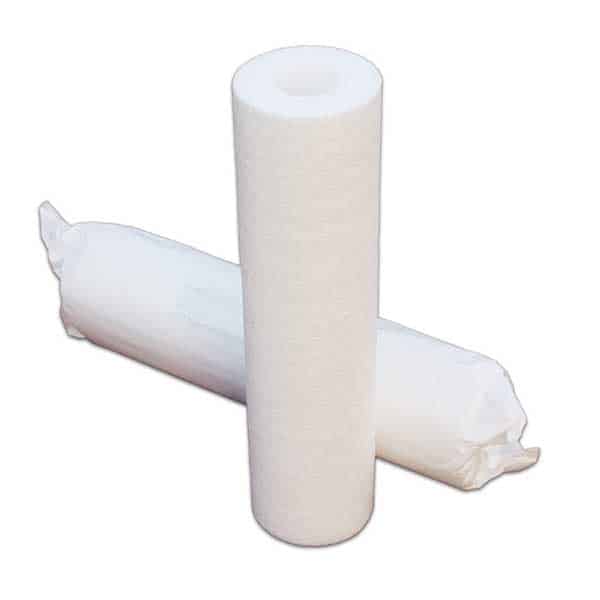
How a 5 Micron Sediment filter works to remove sediments and other particles from water
Mechanical filtration is the process of physically removing impurities from water by passing it through a filter cartridge.
This process can remove particles larger than 5 microns, such as sand, sediment and debris, which are visible to the naked eye.
A 5 micron sediment filter works by mechanically filtering impurities from water as it passes through the filter.
The filter pores are too small to allow these particles to pass through, leaving you with cleaner and clearer water.
What is a sediment water filter?
A sediment filter is a type of filter that is used to remove sediment, silt, sand, and other debris from water. It can be i a form of a whole house filter, to protect your whole home.
These filters are usually made from pleated polyester, cellulose, or spun-bonded polypropylene, which are tightly wound to create a barrier that traps dirt and other contaminants.
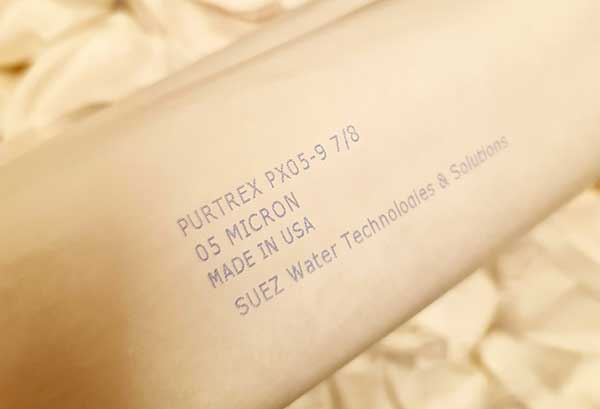
How does a sediment filter work?
Sediment filters work by trapping and removing suspended particles from water over the surface area of the filter.
These filters are designed with a pore size that is small enough to capture dirt, sand, and other debris, while allowing water to pass through.
As water passes through the filter, the sediment is trapped in the filter, leaving behind clean and clear water.
Types of Sediment Filters
There are several types of sediment filters available, including depth filters, surface filters, and multimedia filters.
Depth filters are designed to trap particles deep within the filter media, while surface filters capture particles on the surface of the filter media.
Multimedia filters combine different types of filter media to provide better filtration.
Benefits of Using a Sediment Water Filter
Using a whole house sediment filter has several benefits. It removes sediment and other debris from water, ensuring that the water is clean and safe to use.
This is particularly important for individuals who rely on well water or live in areas with a lot of sediments in water. Additionally, sediment filters can improve the taste and odor of water, as well as protect plumbing fixtures and appliances from sediment buildup.
Conclusion
A sediment water filter is an effective and affordable way to remove sand, sediment, silt, and other debris from water.
Whether you’re using well water or city water, sediment filters are an essential component of any water filtration system.
With their ability to improve water quality, sediment filters are an excellent investment for any homeowner or business owner.

Who am I?
I am working as a water treatment technical manager and I have more than 25 years of practical experience in water purification.
Water purification expert
After many years of experience in water purification, I want to share some of my knowledge and get people to know the real importance of water quality.
Water purification and water treatment are very complex themes, so it is important to explain them in an easy-to-read way.
On this blog, you will find many understandable, easy-to-read information about water purification.
I hope you enjoy it, find some useful information, and thank You for reading.
More info on my work and my expertise on water purification can be found on my LinkedIn profile.

